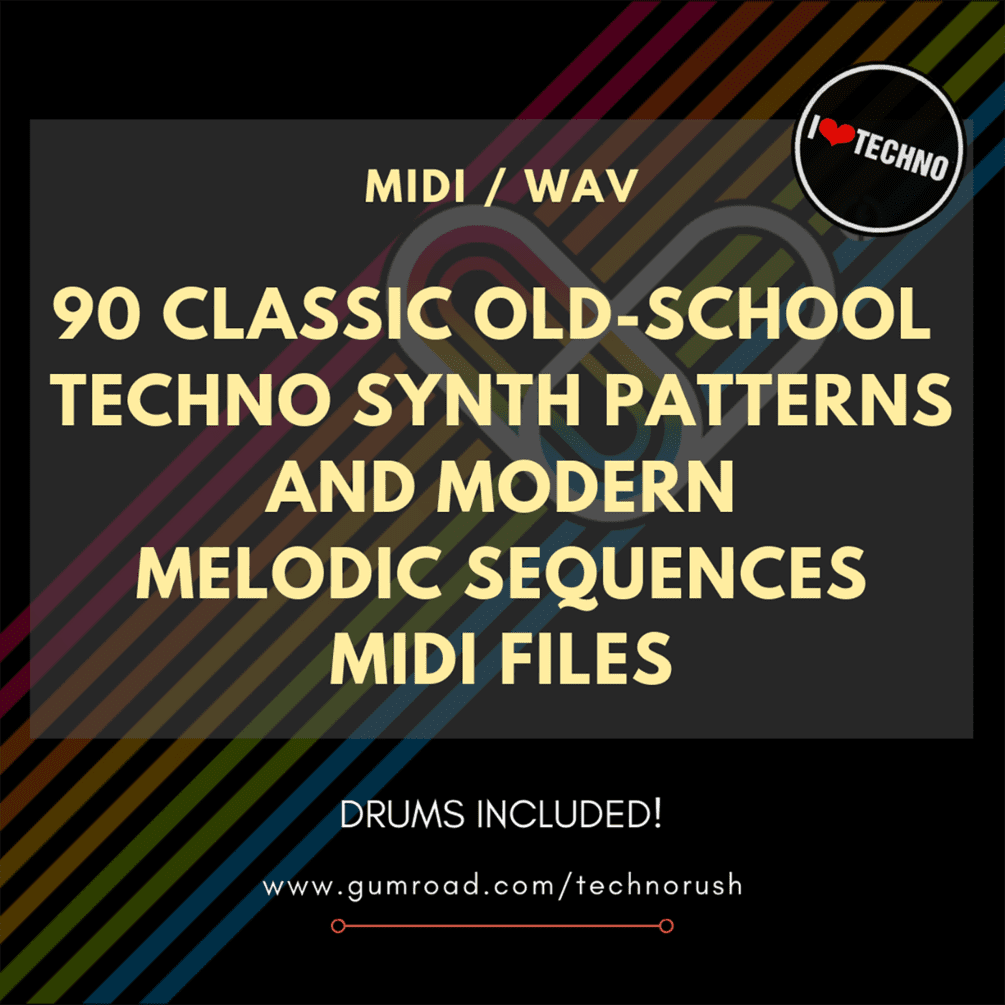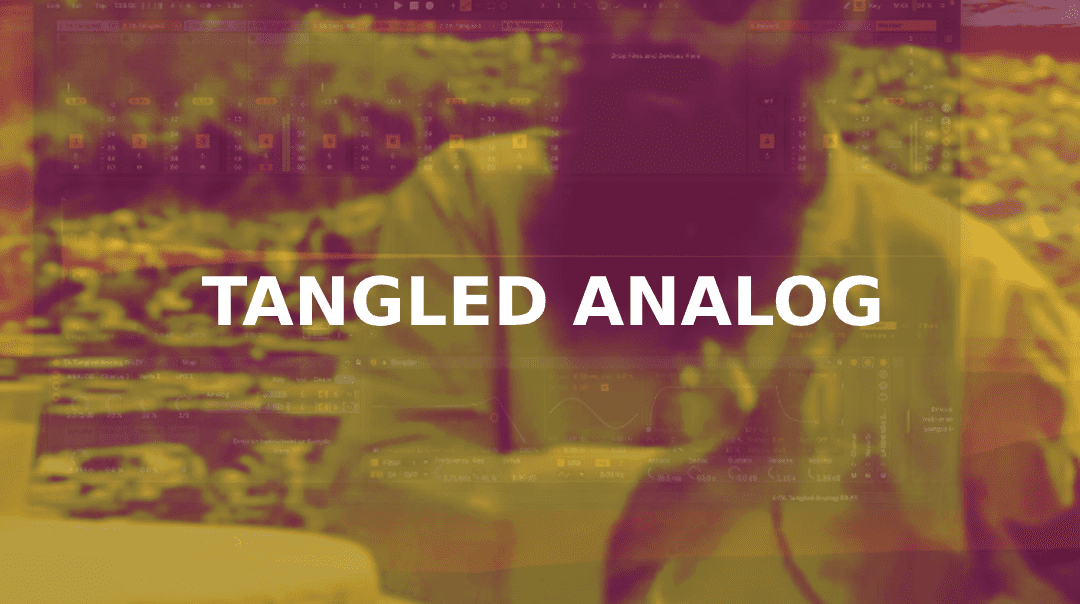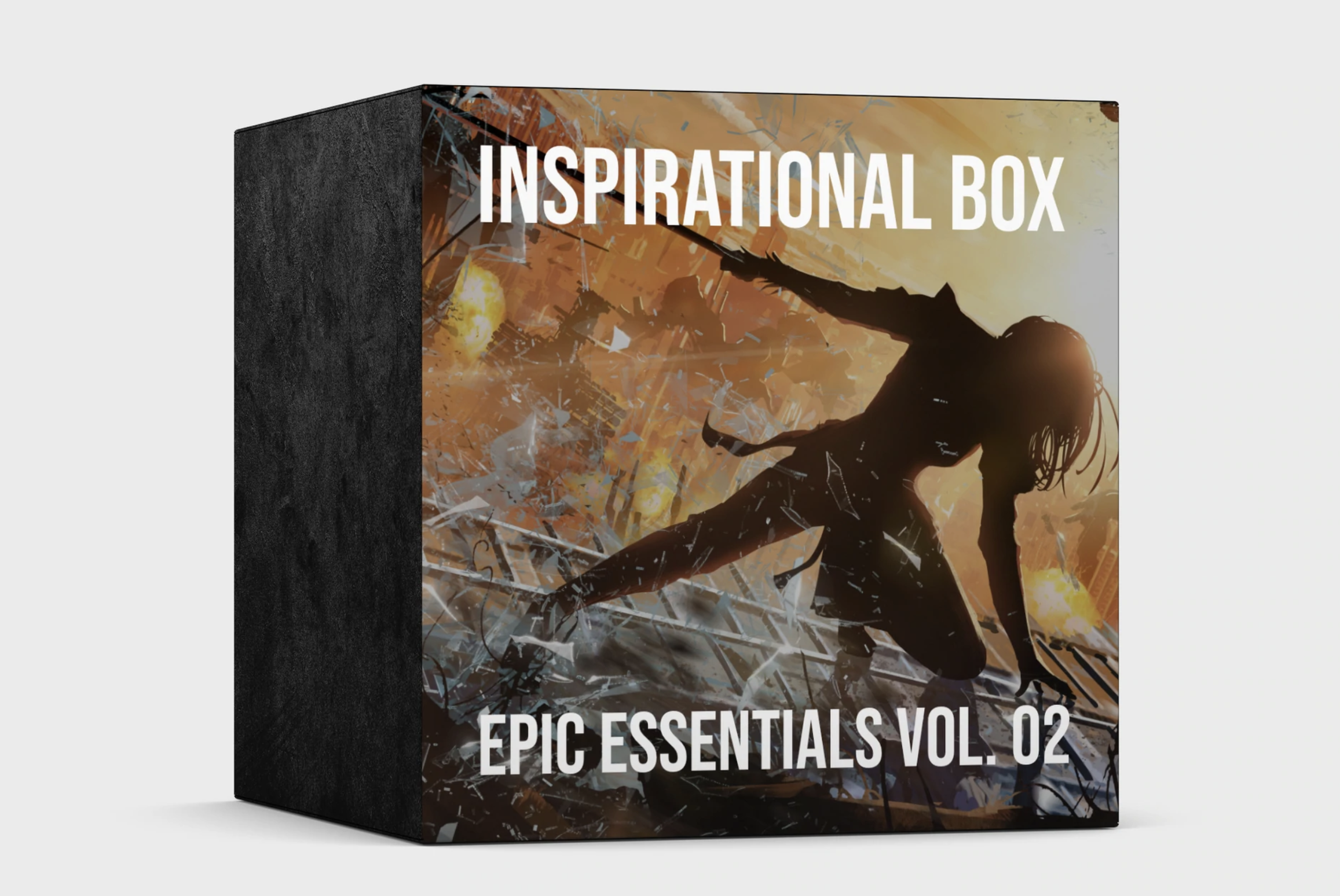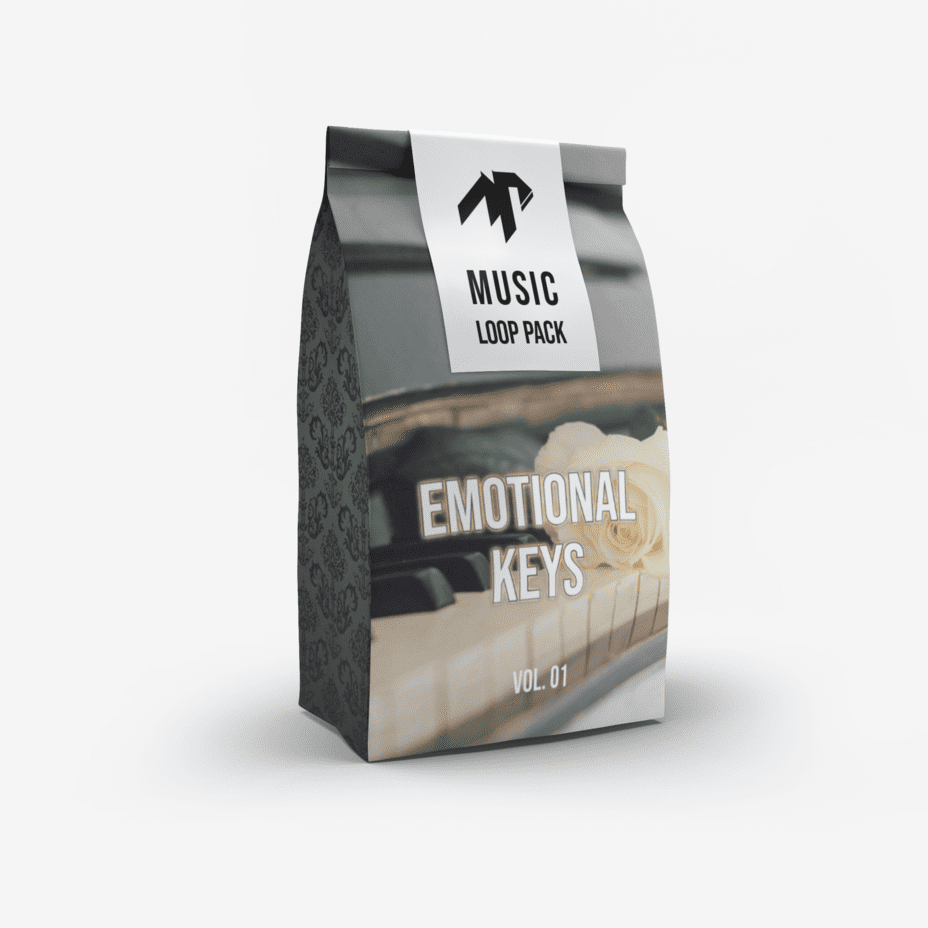90 Classic Old-School Techno Synth Patterns and Modern Melodic Sequences Midi Files
Brand new synth loops in different techno directions. Inside you will find x90 wav files + x90 midi files, all sampled, tweaked and manipulated ready to be loaded into any DAW. Inspired by artists including Adam Beyer, Marco Carola, Chris Liebing, UMEK, The Advent the raw retro approach to this sample pack covers all aspects of Techno, Acid Techno & Dark Techno alike.
The package includes 90 ready-made loops in WAV format and 90 midi loops for complete freedom in creativity.
The Pack Contains
- 90 MIDI Loops
- 90 WAV Loops (Bass, Lead)
- 40 DRUM Loops (The drums from the demo are taken from our Techno Underground (Sample Pack WAV))
- Album Cover + Audio Demo
- Genre: Techno, Dark Techno, Hard Techno, Breakbeat Techno, Jackin Techno, Acid Techno
- BPM: 123
- Loops, WAV format, MIDI format
- 100% Royalty-Free
- Size: 263 Mb










